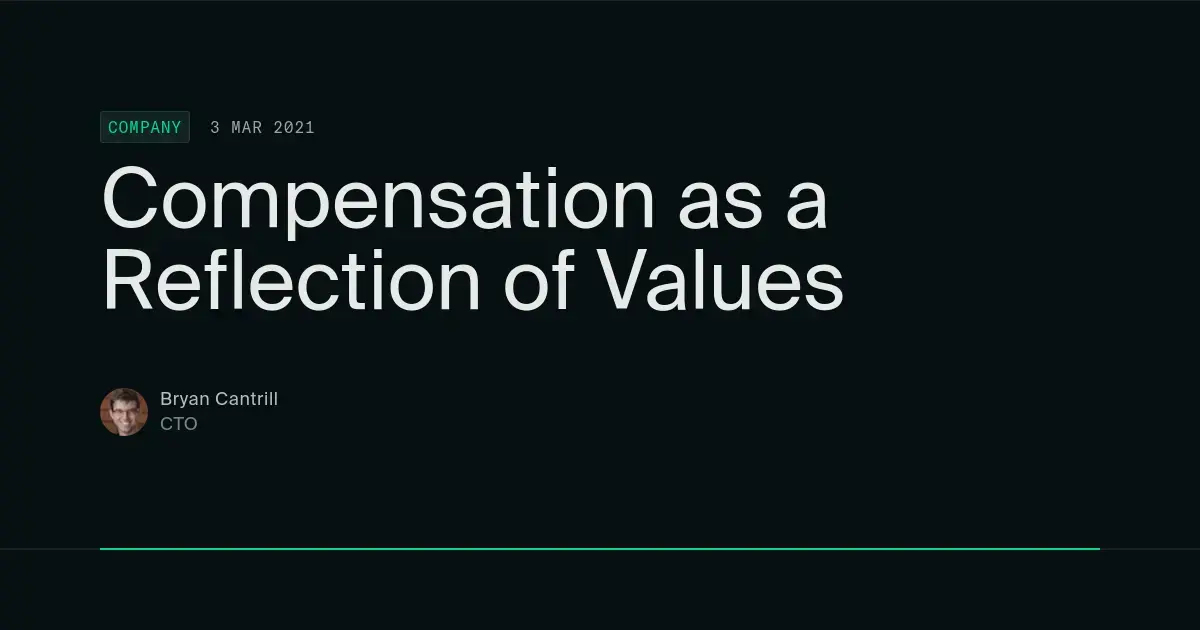- 2 Posts
- 28 Comments
cool! didn’t know that fcitx was also available for android

 7·8 months ago
7·8 months agoi have a gentoo system with a custom s6-rc service tree that fully replaces openrc and boots via s6-linux-init.
instead of a display manager i have tinydm (from postmarketos) and autologin setup. since i use full-disk encryption and suspend-to-disk i find that i don’t need the extra login step into my user session.
i have a bunch of bemenu-based helpers for wifi, bluetooth, vpn, audio, passwords, mounting drives, etc.
i don’t have polkit or sudo installed. i use doas.

 1·9 months ago
1·9 months agonot sure for i3, i think foot is wayland-only. but i have the same setup with sway and am very happy

 5·9 months ago
5·9 months agosince you seem to consider alacritty, which is pretty minimal in features, maybe give foot a shot as well. i find it fits best into tiling wm land (sway, river, etc.) so might not be your cup of tea…

 8·9 months ago
8·9 months agomaybe my comment about gitlab didn’t come across right. i do find oxide’s model to be better and agree with their criticism of gitlab’s.
and as much as you are absolutely right about labour being treated much like any other commodity required for a company to extract value, that is precisely the issue being pointed at here, isn’t it?
we should differentiate and acknowledge that people are more complex than that. their experiment seems to create an atmosphere where work is being done despite compensation not being used as an incentive and instead to enable the worker to do the work.
i personally don’t think this should be a responsibility of a company at all, but rather society (or the state) should assure these conditions… but we are stuck with capitalism and this is a step towards something better :)
I always use https://luciole-vision.com/luciole-en.html to typeset documents like letters and such. I find it pleasant looking and it is supposedly easy to read for people with dyslexia.

 1·1 year ago
1·1 year agoso I wonder what the benefit is keeping it in the proprietary format at all
yeah my guess was easier editing and ux when collaborating via github, diffs on json don’t look great
but yaml (for all it’s faults) would still be better haha or now that i think about it:
both look similar to bru, would share the advantages over json and seem better spec’d/supported

 1·1 year ago
1·1 year agoin theory shouldn’t it be possible to use bubblewrap and the xdg-desktop-portal project to hack together only the sandboxing bits of flatpak while leaving out ostree/distribution
you might run into this though: https://github.com/flatpak/xdg-desktop-portal/issues/737

 2·1 year ago
2·1 year agoif i wasn’t a terminal person, this looks ideal! no reinventing the wheel for lock-in’s (read business model) sake…
the only thing i don’t like here is their custom bru format. json, yaml or any other standardised markup fit their manifesto better as well imo

 9·1 year ago
9·1 year agoi am currently testing https://iamb.chat/ it’s a bit unique in how it does things but promising of you’re into TUI and vim
systemd is great, but being disingenious isn’t helping anyone:
chrony -> sd-timesyncd […] one less daemon
just because it ships with systemd doesn’t mean it magically runs without it’s own process

 5·1 year ago
5·1 year agowhat’s the app? looks like it could be discord? running in flatpak? do you find the emoji font with
fc-list | grep emoji? do other apps show emoji?

 4·1 year ago
4·1 year agocouldn’t agree with you more. it can’t be that hard to give us an opt-out of podcasts altogether. there’s been an item for that on their feature request forum for as long as podcasts in spotify are a thing
they just don’t want to
2nd ww navy vessels (inspired by kancolle)
personal machines - destroyers
servers - battleships
the starlabs machine looks awesome! is it only me or does the chassis look like the framework, specifically the bottom part?

 3·1 year ago
3·1 year agoyou can configure mako to not show notifications and it will keep a history of them as well. not to discredit your project but makes me wonder if something like this can be built with some bash scripting :)


senpai